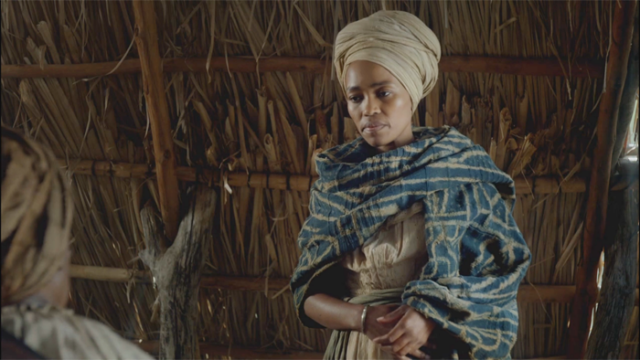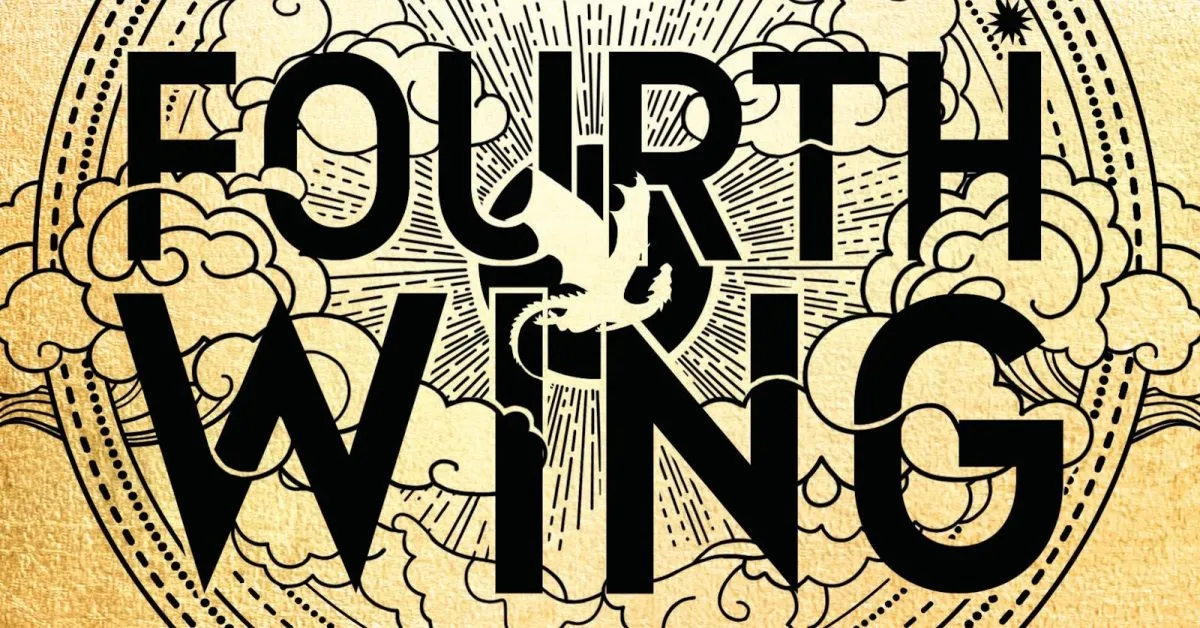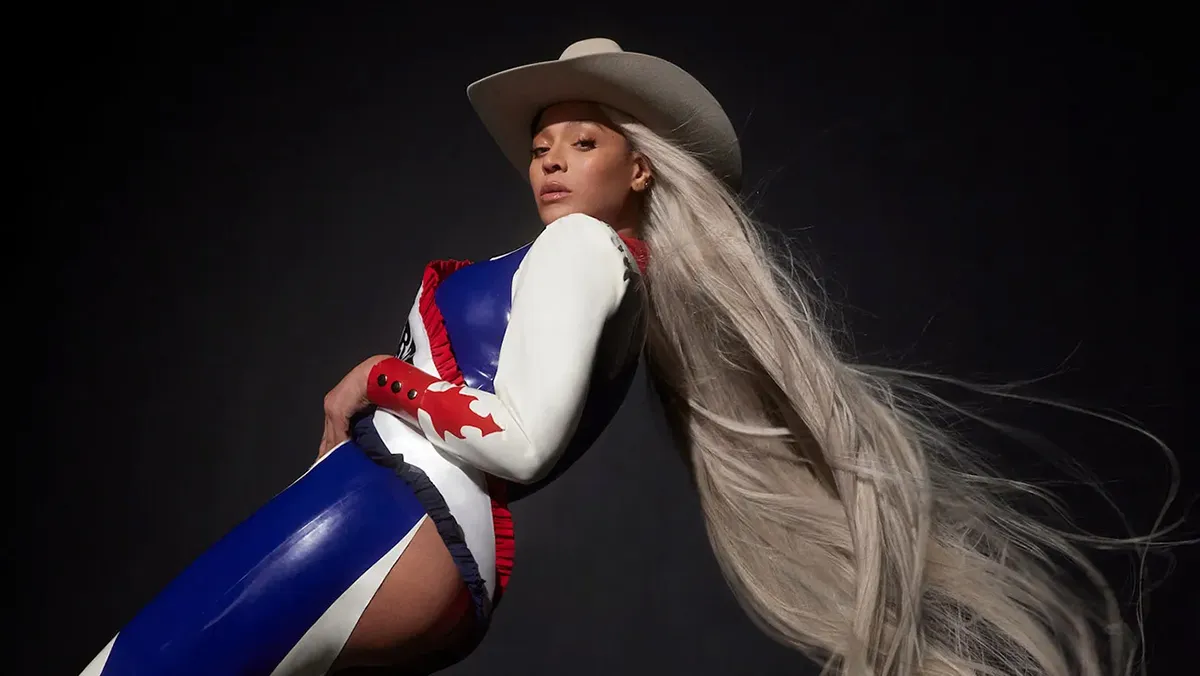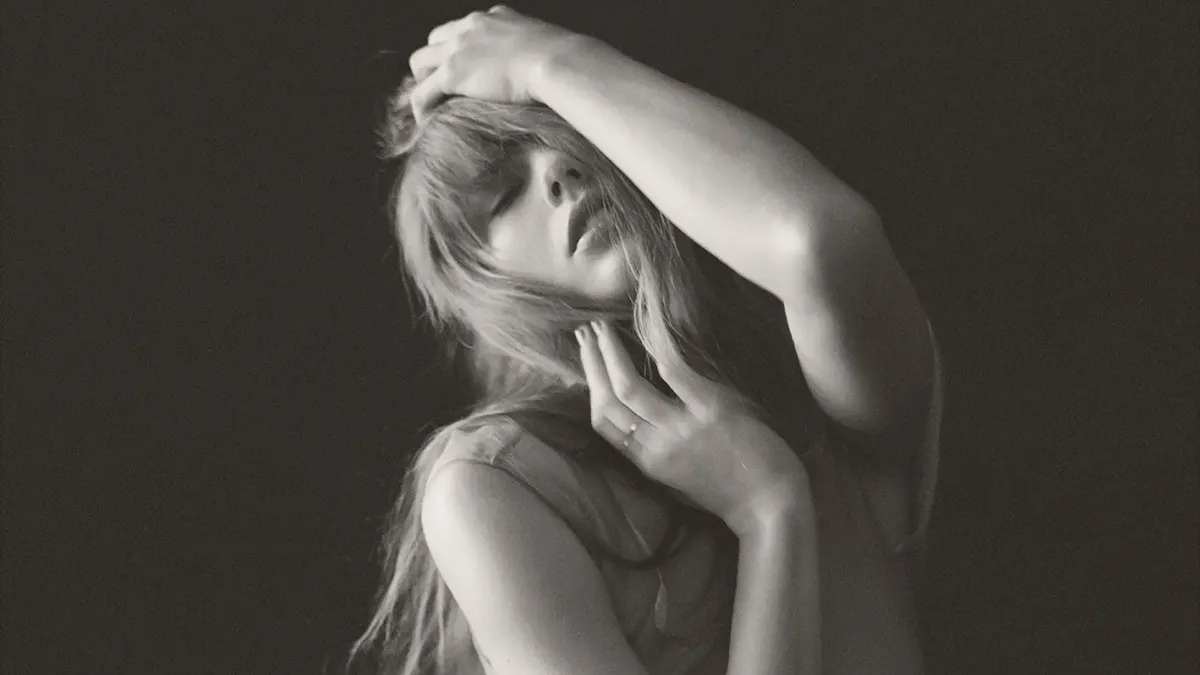Happy Black History Month! For each of the 28 days of February, we at The Mary Sue will have a post about a black woman you should know about—some you may have heard of, some a little bit more obscure, and some fictional who still deserve a lot of love.
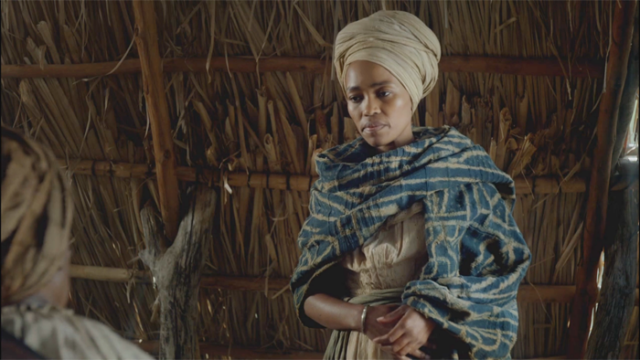
Moshidi Motshegwa as The Maroon Queen in “Black Sails,” who was based on Queen Nanny
Day Three: The Nanny of the Maroons
One of the things I feel is always missing from Black History Month is an expansion of “blackness.” The black identity and experience are not limited to the United States, and as someone who is a first generation black American, there is sometimes a perception that black accomplishment is limited to what happened here in the states. The stories and history of Black Africans, Afro-Latinx, and Afro-Caribs often don’t often get told. I wanted to make sure that I got to discuss not just black Americans, so I went to my own roots (half Jamaican, half St. Lucian) to talk about one of Jamaicans national heroines, The Nanny of the Maroons, or “Queen Nanny.”
The Maroons were Africans who escaped slavery in the Americas and mixed with the indigenous people on the islands to form their own settlements. In Jamaica, there had been several conflicts between these freed Africans and the British. The woman would become known as The Nanny of the Maroons is a figure who, while historical, most of what is known about her comes from oral history. What has been presumed from that history is she was born around the 1680s in Africa’s Gold Coast (now known as Ghana).
Nanny was brought to Jamaica, and along with other enslaved people escaped from slave plantations, seeking refuge in the mountains of Jamaica, where they established a maroon community. By 1720, Nanny had become the leader of a maroon settlement, Nanny Town, located in the Blue Mountain region.
Due to the frequent scuffles and tension between the maroons and the British, Nanny trained her maroon warriors in the art of guerrilla warfare. It has been speculated that Nanny was from the Ashanti tribe and brought their influence, including the fact that they are a matrilineal society, to her warriors.
She was also very knowledgeable in traditional healing methods and had a vast knowledge of herbs, which led people to believe she was an obeah woman. Nanny became the military and spiritual leader for the people of Nanny Town and during a period of 30 years, she was credited with freeing more than 1000 slaves and helping them to resettle in the Maroon community.
The British fought Nanny and her maroon troops from 1728 to 1734. In 1734, British commander Stoddard destroyed Nanny Town and claimed to have killed all of the maroons residing there, but Nanny survived—and she, along with other survivors took refuge, it is believed, near the Rio Grande in Jamaica.
In 1739 Cudjoe, another maroon leader, signed a peace treaty with the British. Later, as a result of that treaty, Nanny and her maroons were granted five hundred acres of land upon which to settle, which became New Nanny Town.
She is also on the logo for the Gilder Lehrman Center for the Study of Slavery, Resistance, and Abolition, so as we say at home, big ups to Nanny!
What I love most about the story of Nanny is that it shows how women have been instrumental in fighting slavery and preserving tradition in the black community. Nanny’s knowledge allowed her and the others in Nanny town to survive against the extremely well-armed British forces. Nanny is a reminder of the accomplishments of Caribbean women in fighting for their own freedom and independence, even against a superpower.
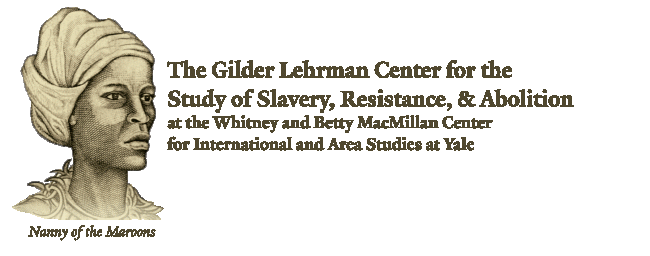
Recommended Reading:
The Mother of Us All: A History of Queen Nanny, Leader of the Windward Jamaican Maroons by Karla Gottlieb
Maroon Societies: Rebel Slave Communities in the Americas by Richard Price
The Counter-Revolution of 1776: Slave Resistance and the Origins of the United States of America by Gerald Horne
Diasporic Blackness: The Life and Times of Arturo Alfonso Schomburg by Vanessa K. Valdés
Modern Blackness: Nationalism, Globalization, and the Politics of Culture in Jamaica (Latin America Otherwise) by Deborah A. Thomas
(image: Starz/Yale)
Want more stories like this? Become a subscriber and support the site!
—The Mary Sue has a strict comment policy that forbids, but is not limited to, personal insults toward anyone, hate speech, and trolling.—



